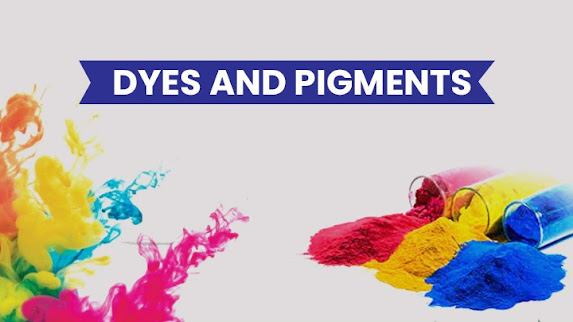What are Dyes and Pigments? What is the Difference between dyes and pigments?
Dyes and pigments are the elements that give a material colour. Both dyes and pigments, commonly known as dyestuffs, are frequently referred to as colourants. The size of the particle is the main distinction between colours and pigments. Compared to pigments, dyes are significantly finer. In contrast to pigments, which are typically UV stable, dyes are not. Users of dyes typically purchase their goods from dealers of the items or dyes and pigments companies in India . Dyes, also referred to as colourants because the colouring substance is dissolved in a liquid, penetrate the substance to which they are administered. The quality of the goods you receive from the basic dye manufacturers in India is one thing they won't skimp on. Contrarily, pigments are made up of incredibly small pieces of crushed colouring material contained in a liquid to create a paint coating that adheres to the substrate it is administered to. Since they easily penetrate the solid slab and do not fade out d



